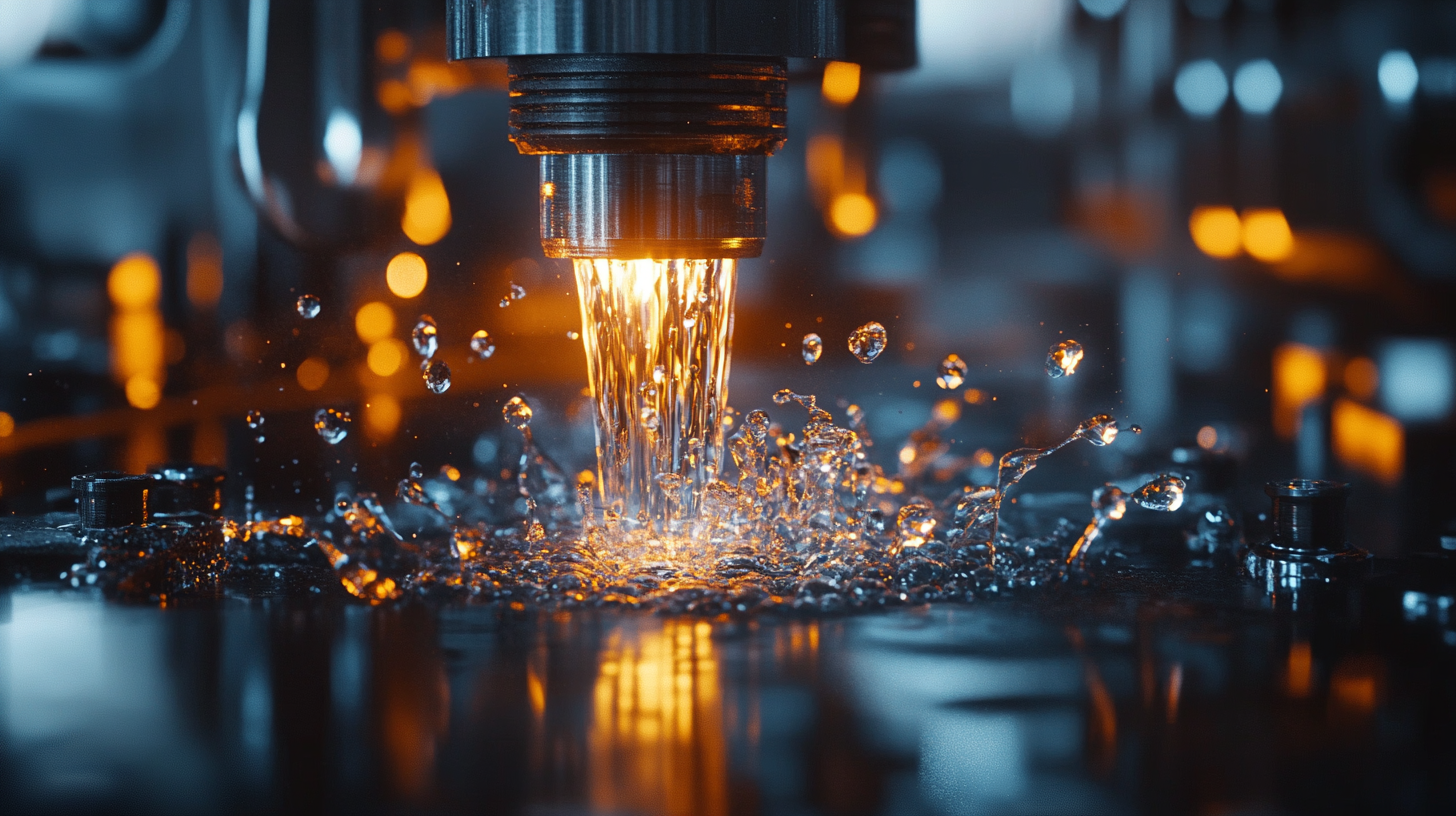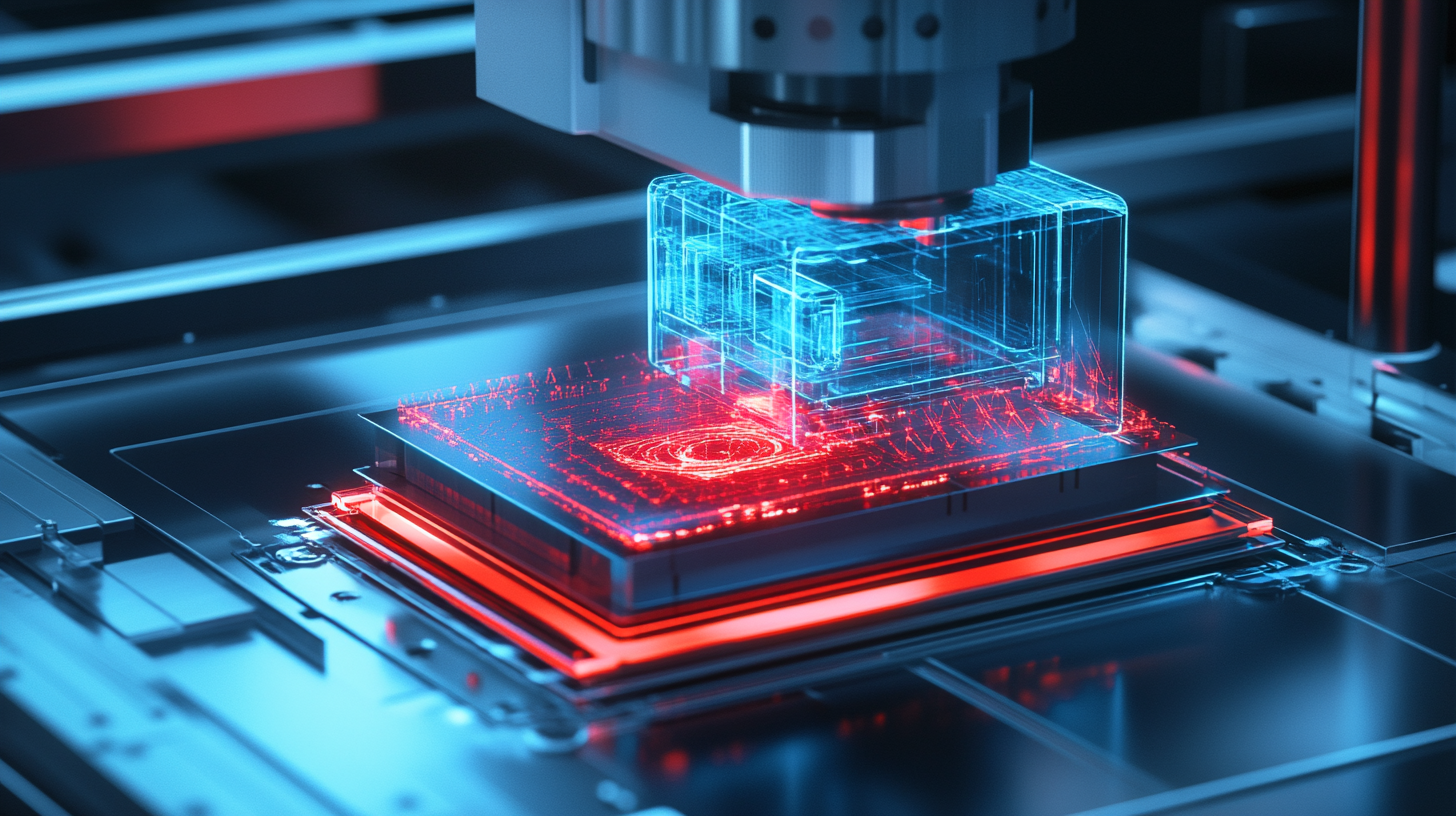2025 Trends in Hot Isostatic Pressing: 7 Game-Changing Innovations to Watch
As we dive into the future of manufacturing and material processing, the significance of Hot Isostatic Pressing (HIP) continues to grow. This innovative technique, which utilizes high pressure and temperature to enhance the mechanical properties of materials, is set to revolutionize various industries. The year 2025 promises to bring transformative innovations that will not only streamline production processes but also enhance the performance and reliability of end products. Understanding these trends is crucial for businesses looking to maintain a competitive edge in the rapidly evolving market landscape.
In this blog, we will explore seven game-changing innovations in Hot Isostatic Pressing that are on the horizon. From advancements in equipment technology to new materials being developed for HIP applications, these trends will significantly impact how manufacturers approach their processes and product offerings. As we examine these innovations, we hope to provide valuable insights that can help companies adapt to the upcoming changes and seize emerging opportunities in the world of Hot Isostatic Pressing.

Emergence of Hybrid Hot Isostatic Pressing Processes and Their Efficiency Metrics
The emergence of hybrid hot isostatic pressing (HIP) processes is revolutionizing the manufacturing landscape, promising not only enhanced efficiency but also superior quality in end products. As industries increasingly demand materials that combine strength with lightweight properties, the integration of various methods—such as traditional HIP and additive manufacturing—offers a pathway to meet these challenges. These hybrid processes leverage the benefits of both worlds, optimizing material density and reducing production times significantly. Efficiency metrics are crucial in evaluating the success of hybrid HIP processes. Early implementations have demonstrated considerable reductions in energy consumption and cycle times. By combining different techniques, manufacturers can achieve more control over the pressing parameters, leading to refined microstructures and improved mechanical properties. For instance, the ability to integrate real-time monitoring systems provides feedback that enables immediate adjustments to pressure and temperature, ensuring optimal processing conditions throughout. Moreover, the adaptability of hybrid HIP processes caters to a wider range of materials, from superalloys to advanced ceramics. This versatility not only expands the applications of HIP in sectors like aerospace and medical but also encourages the development of new material compositions. The ongoing research and innovation in this area suggest that as hybrid processes mature, they will become a pivotal component in the pursuit of next-generation materials, underpinning advancements across multiple industries.

Advancements in Materials Science Driving Innovation in HIP Technologies
As we move towards 2025, the world of hot isostatic pressing (HIP) is on the brink of a technological revolution, fueled by significant advancements in materials science. These innovations are not only enhancing the efficiency and effectiveness of HIP processes but are also expanding the possibilities of materials that can be treated with this powerful manufacturing technique. A deeper understanding of material behavior under various conditions is paving the way for the development of new alloys and composites specifically designed for optimal performance under HIP treatment.
One notable trend is the integration of advanced data analytics and machine learning into the HIP process. By analyzing vast amounts of data collected during pressing operations, manufacturers can predict outcomes with greater accuracy and refine their processes in real-time. This results in improved material properties such as density, toughness, and fatigue resistance, ultimately leading to superior components for high-demand applications, particularly in aerospace and automotive industries.
Moreover, the push towards sustainability is becoming increasingly relevant in the materials used for HIP. Research is focusing on bio-based materials and recyclable composites that can withstand the demanding conditions of HIP processing. This shift not only addresses environmental concerns but also enhances the marketability of the final products, aligning with global trends towards greener manufacturing processes. As these innovations bloom, the HIP landscape is set to transform, making it an exciting area to watch in the coming years.

Integration of AI and Machine Learning in Hot Isostatic Pressing Operations
The integration of Artificial Intelligence (AI) and Machine Learning (ML) into Hot Isostatic Pressing (HIP) operations is set to revolutionize the industry by 2025. According to a recent market report by Market Research Future, the global HIP market is expected to reach over $2 billion by 2026, driven in part by these advanced technologies. AI and ML algorithms can optimize pressing cycles, adjust temperatures and pressures in real-time, and predict potential failures before they occur, thereby enhancing both efficiency and safety.
One of the most notable innovations is the use of predictive maintenance powered by AI. By analyzing historical data and machine learning algorithms, companies can identify patterns that precede equipment failures. The American Society of Mechanical Engineers (ASME) reported that implementing predictive maintenance can reduce downtime by up to 50%, leading to significant cost savings and improved operational efficiency. This technological shift allows manufacturers to transition from reactive to proactive maintenance strategies, which is critical as competition heightens.
Moreover, AI enables the customization of HIP processes for diverse materials. By leveraging data analytics, operators can better understand material properties and optimize processing parameters accordingly. This personalization not only enhances product quality but also reduces waste, aligning with global sustainability goals. With the HIP industry being a key player in sectors like aerospace and automotive, the adoption of AI and ML will undoubtedly catalyze advancements in manufacturing and innovation, setting new industry standards as we approach 2025.

Sustainability Trends: Eco-Friendly Practices in Hot Isostatic Pressing
The ongoing developments in hot isostatic pressing (HIP) are increasingly aligning with sustainability trends, reflecting a broader commitment to eco-friendly practices across various industries. As the powder metallurgy market is projected to reach approximately USD 26 billion by 2033, the adoption of greener methods in HIP processes has become essential. Manufacturers are actively seeking ways to minimize waste, reduce energy consumption, and improve material efficiency, which are critical factors in environmental sustainability.
One innovative practice gaining traction is the use of recycled powders in HIP processes. By integrating recycled metal powders, companies not only lower raw material costs but also significantly reduce the environmental impact associated with mining and processing virgin materials. Furthermore, advancements in technology enable better energy management during the HIP cycle, allowing for reduced carbon footprints while maintaining product quality.
Another significant trend is the implementation of renewable energy sources in HIP operations. As industries continue to prioritize sustainability, the shift towards solar, wind, or other renewable energy solutions can significantly decrease the overall greenhouse gas emissions generated by traditional heat treatments. These practices reflect a growing awareness of ecological responsibility within the manufacturing sector, marking a pivotal shift towards a more sustainable future in hot isostatic pressing.
Market Forecast: Projected Growth and Demand for HIP Applications by 2025
As we look ahead to 2025, the hot isostatic pressing (HIP) market is poised for significant transformation driven by both technological advancements and increasing demand across various sectors. The projected growth in HIP applications is attributed to the rising need for high-performance materials in industries such as aerospace, automotive, and medical devices. These sectors are demanding products that not only meet stringent quality standards but also offer enhanced durability and performance, making HIP an essential manufacturing process.
Market forecasts indicate that the HIP market will expand considerably, fueled by the introduction of innovative techniques that improve production efficiency and reduce operational costs. One such innovation is the integration of real-time monitoring systems that enhance process control and quality assurance. This shift toward automation and smart technology in HIP applications is expected to attract a broader range of industries, which will, in turn, escalate the demand for HIP services and equipment.
Additionally, the growing trend of sustainability is influencing the HIP sector, as companies strive to minimize waste and improve the recyclability of materials. As environmental considerations become more prominent in manufacturing processes, HIP is positioned as a viable solution that not only meets performance metrics but also aligns with eco-friendly practices. By 2025, we can expect to see a robust increase in HIP applications driven by these innovations, setting the stage for a revitalized approach to material processing and production.
